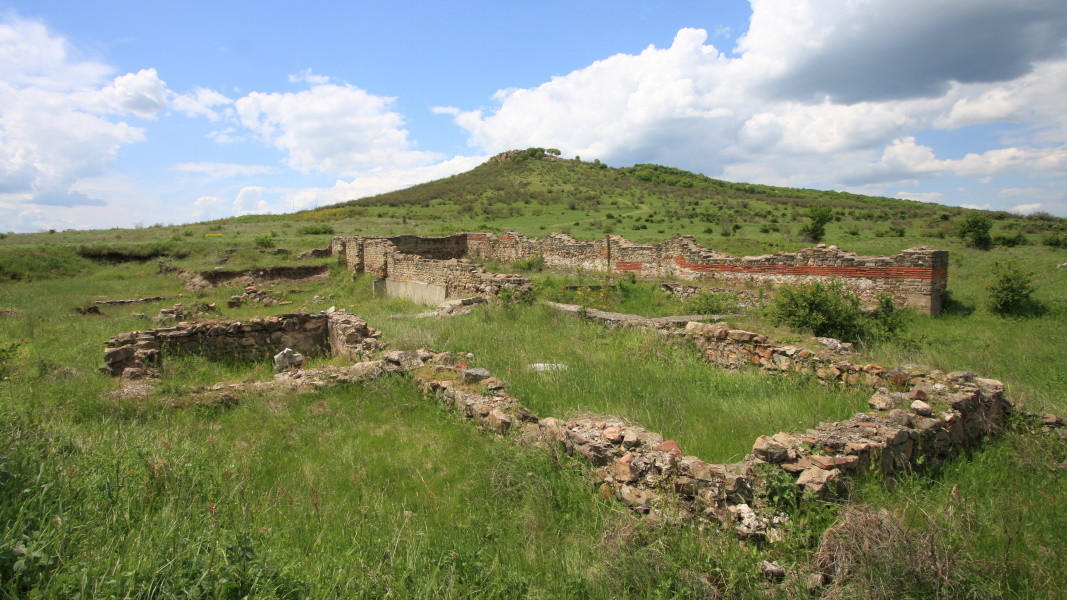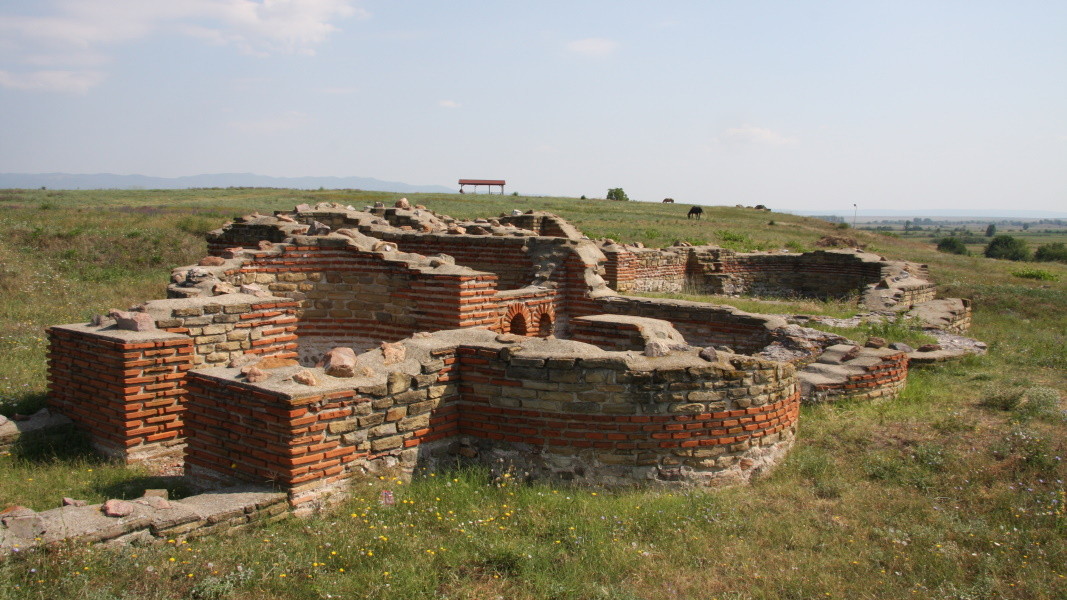The only large Thracian city preserved in Bulgaria is located some 10 kilometers away from the present-day town of Yambol. Kabyle is very well preserved, unlike many other settlements of this era. It has been thoroughly researched by archaeologists. Kabyle was declared an archaeological reserve. There is a modern multimedia museum in its immediate vicinity, where some of the finds are exhibited and documentaries are shown.
What do we know about Kabyle’s millennial history?

The town emerged back in the 2nd millennium BC near a large shrine on Zaychi Vrah hill. The place offers a breathtaking view of the plain and the restored walls of former buildings and fortifications. In 341 BC, Kabyle was conquered by Philip II of Macedon. Later, his son Alexander the Great (Alexander III of Macedon) stayed there for some time. In the 3rd century BC, Kabyle became the residence of Thracian kings Spartokos and Skostokos. Later, in the Roman Empire, the city turned into one of the largest military camps in the province of Thrace. At the end of the 6th century AD, it was destroyed by the Avars.
What can visitors see in Kabyle today?

Years ago, the archaeological site was restored with EU funding. Thracian defensive walls with towers, two Roman thermae, large barracks, grain stores and a neighborhood, which dates back to the time when Kabyle was a Roman military camp, are now accessible for tourists.
You can read more details about the ancient town of Kabyle in Radio Bulgaria’s article: “The rise and fall of the legendary city of Kabyle”.
Compiled by: Veneta Nikolova
English version: Kostadin Atanasov
Belogradchik and its world-famous rocks are once again the scene of a magical spectacle. For five whole weekends – from September 19 to October 19, the city is hosting the fifth edition of the Balloon Fiesta. More than 5, 000..
Bulgaria's Minister of Tourism Miroslav Borshosh presented to BTA the start of the national campaign "Wine leads the way". It will promote wine tourism in Bulgaria. The initiative starts before the ninth edition of the Global Conference on Wine..
Hisarya has become the first Bulgarian town to join the European Association of Historic Thermal Towns (EHTTA) , BTA reported. The mayor of the municipality, Iva Valcheva, announced the news before the 12th annual congress of the Bulgarian Union of..

+359 2 9336 661
